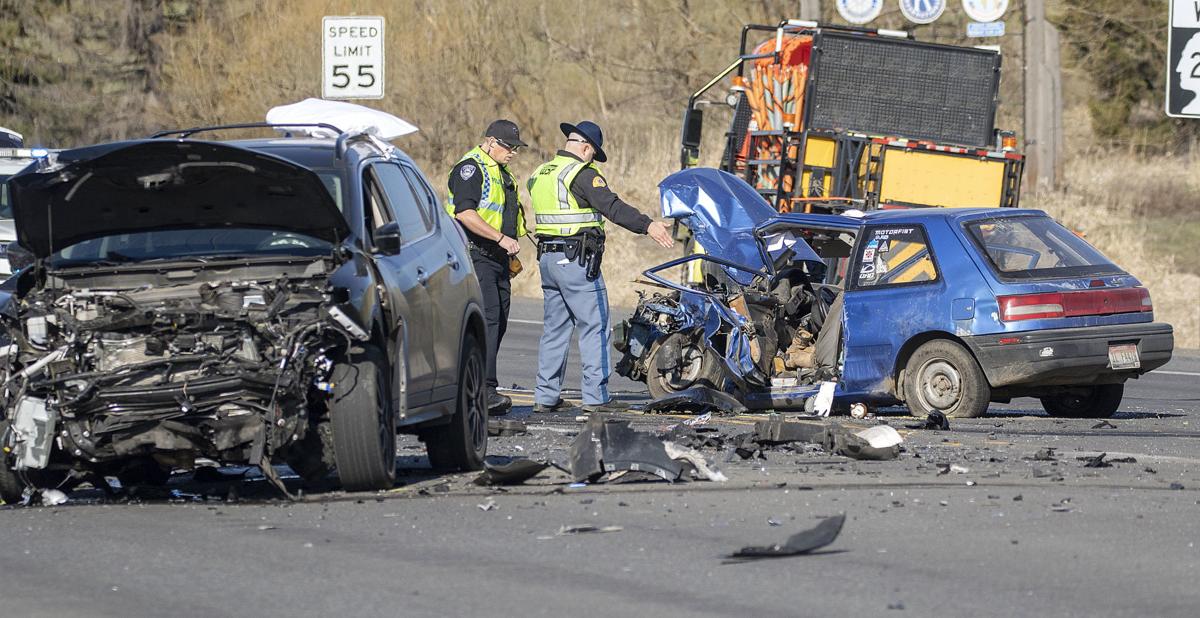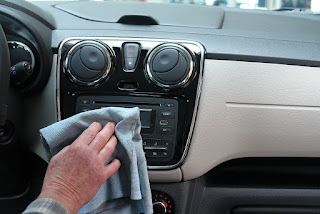Black ice's name is a bit of a misnomer, due to the fact, it is not black, but invisible. It is such a fine layer of ice, forming without bubbles that it becomes transparent and only appears to be black because of the pavement showing through from underneath. Black ice is a formidable winter foe, due to it being so hard to spot. The best thing we could do in any situation dealing with inclement road conditions is to remain calm. Please continue reading to learn more about black ice, how it & why it forms, a few ways to spot or be aware of it, and some tips for how to handle your vehicle during an encounter with this hidden threat.
What Causes Black Ice & Where Is It
Ensuring that you are knowledgeable about the conditions in which black ice forms can help you be more proactive about driving safely through the road conditions and when to be aware of possible black ice. Black Ice is tricky because there are a few different reasons it forms. This danger develops most often during the early morning and evening hours when the surface temperatures of the roads are at or below 32 degrees Fahrenheit. Black Ice is less likely during the day times as the sun warms the roadways, but this is not to say it cannot ever happen. Be careful when approaching overpasses, bridges, and sections of the road that have been shaded, as these areas are colder and can be hazardous spots for sliding on black ice. Snow-melt puddling up in the daylight warming and then refreezing as temperatures drop will also create conditions in which you should prepare for black ice. Watching out for these times and spots where it will form can keep you one step ahead of the rest.
How To Spot Black Ice
Spotting black ice is not impossible but extremely difficult, but still watching for it can't hurt. As stated in the above paragraph, the most important thing to realize is that preparedness, knowing where and when to look for areas in which it might be lurking, is the best option. With that put out there, we can tell you a few tricks to spot black ice before it gets you. When traveling at night, look for patches of roadway that look darker or duller than the rest of the road. During the day, look for glossy/wet looking surfaces in or around shaded roadways, hill bottoms, bridges, as well as under and on overpasses. If you are unsure, use the tires of the car in front of you to tell if things are wet or frozen, when a spray up of water is present there should be no ice. Car thermometers are fairly accurate these days, so this can also be an indicator of nasty road conditions. Being vigilant and paying attention will keep you safe.
How To Drive & Handle Sliding On Black Ice
One essential thing to remember is that no matter what kind of vehicle you have sliding on ice and careening off the road is always possible. Handling an encounter with black ice is very similar to driving in the snow or regular ice except for there is significantly less traction between your tires and the road. Four-wheel-drive or not, you can and will slide on black ice. The first tip I have for you is to REMAIN CALM. Panic can make bad situations worse; keep your head about you. If you suddenly start going a direction other than the intended path of travel and suspect black ice is the cause, take your foot off the accelerator, but DO NOT hit the brakes! Brakes will cause the wheels to lock up, and the sliding can become more intense and dangerous for yourself and those around you. Try to keep the wheels straight and pointed where you intend to go because black ice is not usually more than 20-foot patches, you will gain traction again. If things do get a bit hairy out there, remember only to do small corrective turns into the slide to try to regain control. Avoid over-correcting, as this will cause you to lose control of the vehicle.
Winter driving can be the scariest time to be a driver, but gaining knowledge on the matter and putting it into practice will be the easiest way to make your life a bit less stressful. Below are a few tips and warnings when it comes to driving in conditions prime for black ice.
Quick Tips & Warnings
-Keep at least a 5-second following distance between you and the cars in front of you. Braking takes twice as long on black ice.
-Never hit the brakes on ice to avoid skidding and try to hold the wheel steady.
-Be aware of the current weather conditions and be vigilant during the morning and evening temperature changes.
-Take cautions when using bridges or approaching overpasses (under or over), as well as tunnels.
-Avoid over-correcting your steering if you feel your car start to slide.
-If you have ABS brakes, acquaint yourself with how they work and what they feel like when engaged.
-Being prepared with snow tires fitted to your vehicle before the snows start the best way to battle losing control.
-Avoid sudden acceleration, braking, and change of directions, as this can cause slide outs.
-If the weather is truly awful, consider just staying home and avoiding the mess.
-4x4 vehicles, SUVs, vans, pickups, and large trucks all have a higher center of gravity and are prone to sliding and then rolling when they gain traction again, be extra careful when driving these vehicles.
-NEVER use cruise control because you need to be able to have full control of the car at all times in bad weather.
-ALWAYS DRIVE CAUTIOUSLY NO MATTER WHAT KIND OF CAR YOU OWN, NO TRACTION IS STILL NO TRACTION IN BOTH 4WD AND 2WD.


























![Hygiene and safety - [Where Can I FLY ?]](https://www.wcifly.com/images/medium/blog-pictures/coronavirus-tips-prevent-virus-spread/coronavirus-tips-prevent-virus-spread.jpg)













